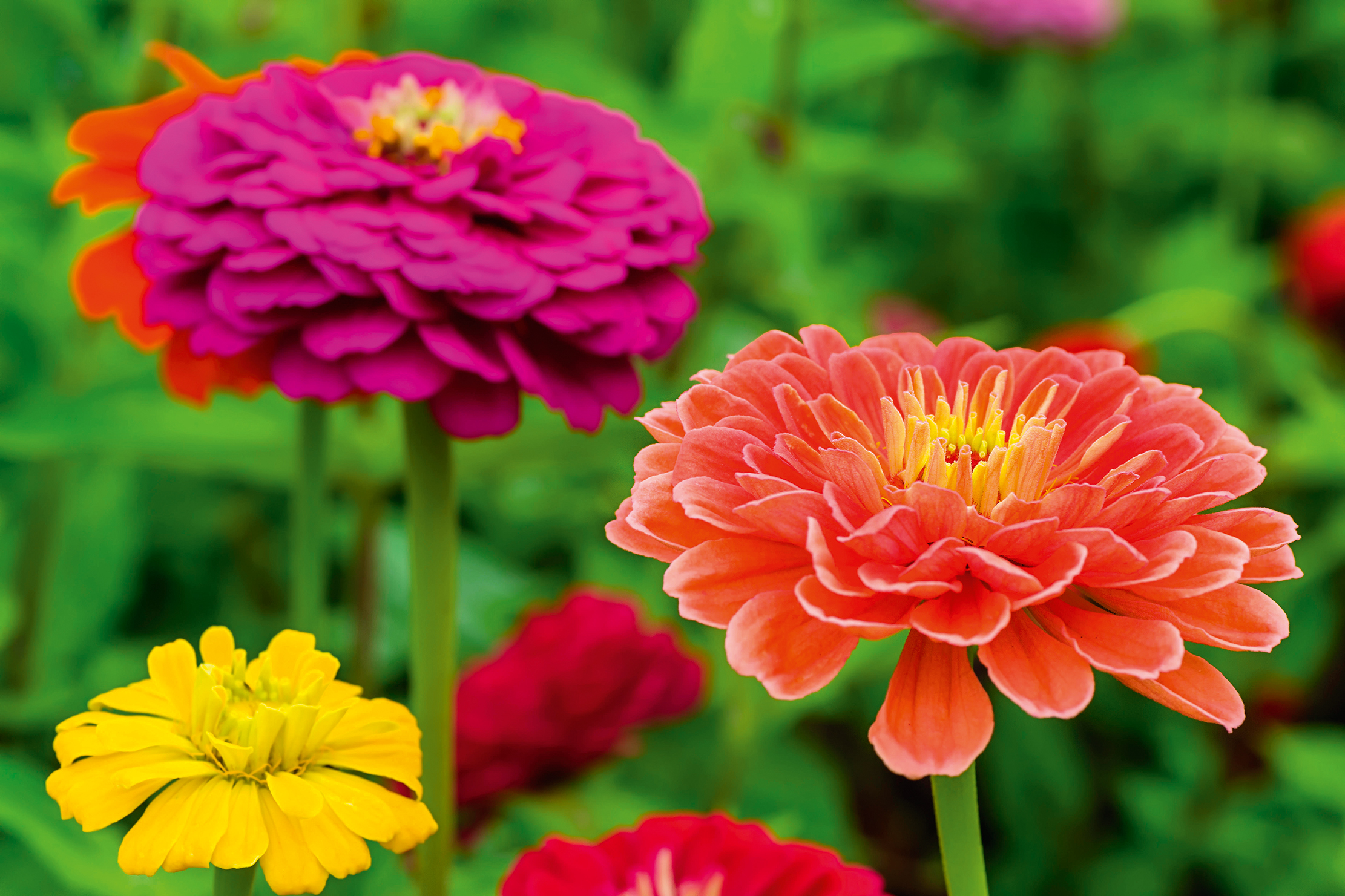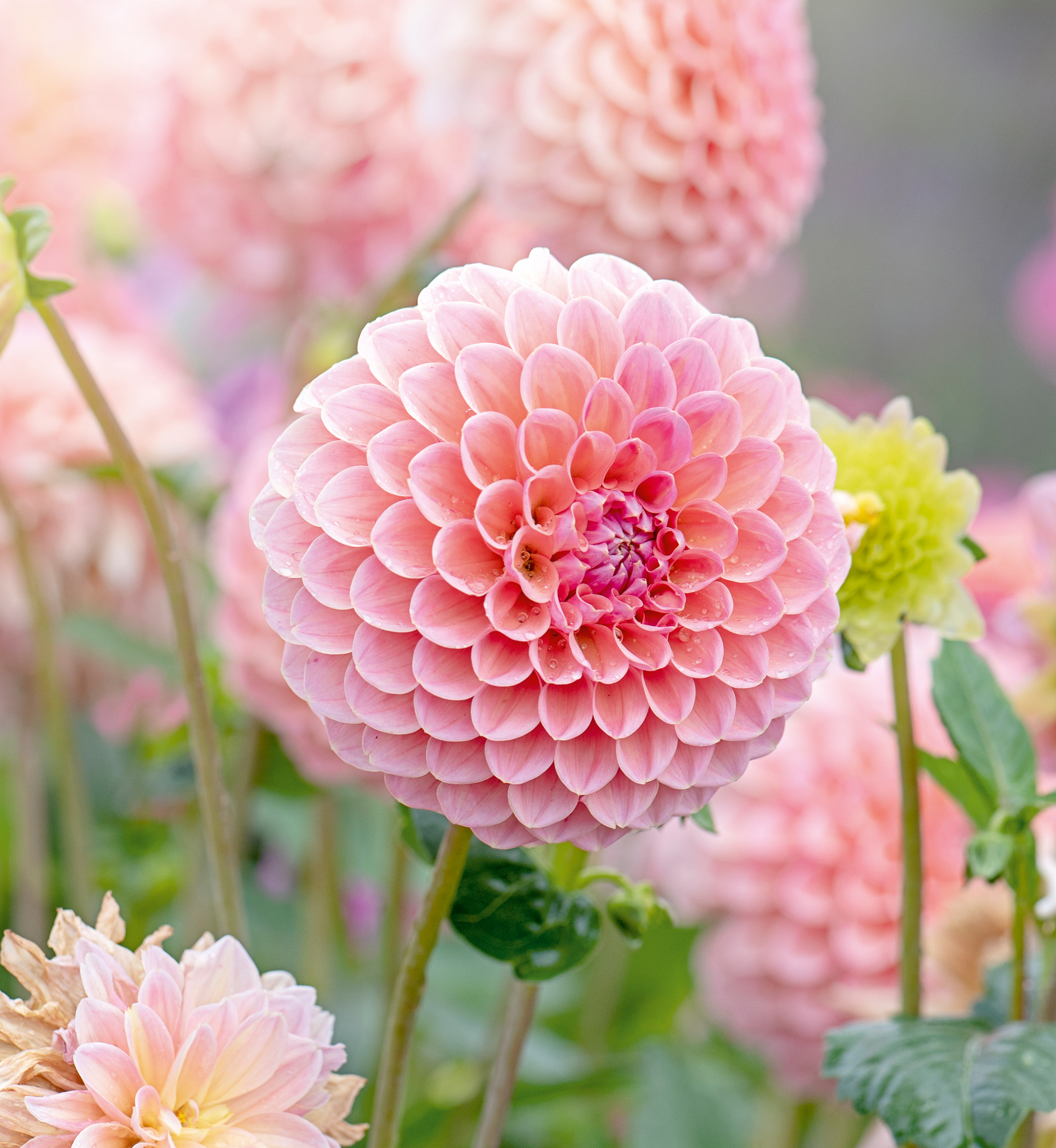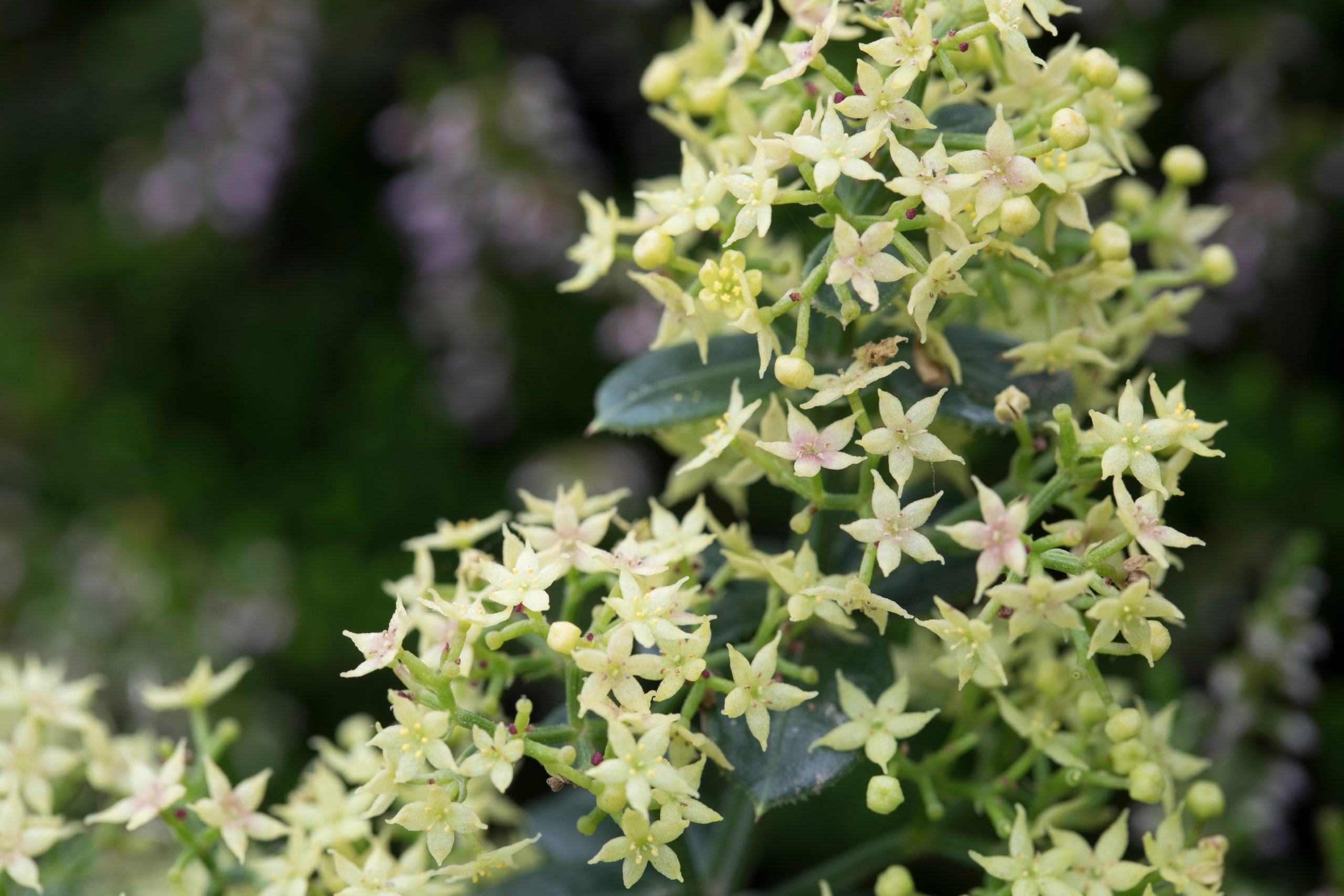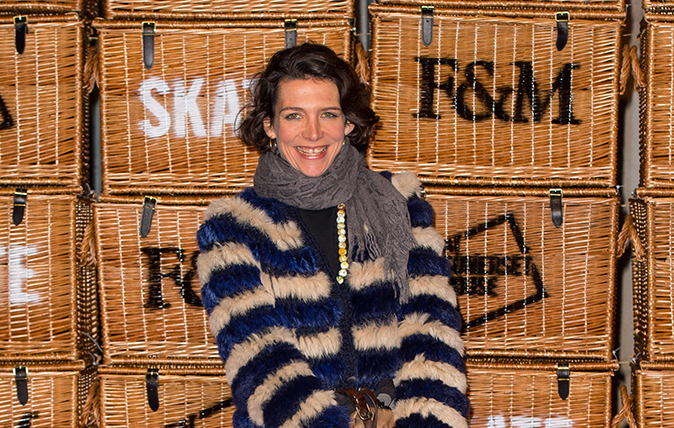John Hoyland: The flowers to grow to create your own dye — just as they do at Glyndebourne
John Hoyland, gardens advisor at Glyndebourne, on the extraordinary dye garden that is now being used to create costumes for the famous outdoor opera.

It often feels as if responsibility for saving the planet falls heavily on the shoulders of gardeners. Sometimes, the steps we are pressed to take are easy: not using peat is a no-brainer; it was not difficult to give up chemical pesticides and herbicides (although I do sometimes yearn for old-fashioned RoseClear or an occasional spray of glyphosate); and favouring pollen-rich flowers to encourage bees and butterflies is a delight.
But sometimes, the demands feel like a step too far.
A visitor to the Glyndebourne gardens once wrote to me that there were far too many ‘fancy flowers’ in the gardens and that we should be concentrating on native plants. There is such a movement in America, but the glory of British gardens is not built on a few scrawny natives. My response was, of course, polite, but had the suggestion been made about my own garden I would have been much more blunt. Gardens are places of beauty and solace, not merely buttresses for an ailing environment.
It was against this background that one of Glyndebourne’s gardeners, together with a member of the costume department, approached me with an idea to grow plants that could be used to dye textiles. My initial response was lukewarm. There are plenty of colourful fabrics to buy without dyeing our own and, secondly, I didn’t want to fill the garden with the weedy plants that dyers use. I would learn that I was wrong, so wrong, on both counts.
"Glyndebourne now has a dye garden full of plants with names that evoke another time, plants that even keen gardeners probably can’t identify. I couldn’t."
The company’s dye-room supervisor, Jenny Mercer, is a favourite of costume designers for her ability to produce fabrics in the specific colour palettes designers are searching for. She talked me through the problems of industrial dyeing processes. Chemical dyeing is a very polluting operation, using huge amounts of water, which often gets dumped back into rivers and waterways, together with the toxic residues. Traditional, plant-based dyeing techniques use less water and leave no noxious residues. At the same time, Andrea Benson, the gardener, disabused me of the idea that the plants would be uninteresting and weedy. Top of the list were dahlias — and I would never say no to planting more dahlias.

The enthusiasm and passion of both these women means that now, when plants in the gardens are dead-headed, the flowers go to make dyes. Even common flowers can be used. Having masses of petals, the cactus and pom-pom forms of dahlias are the most useful, but single flowers of cosmos, zinnias, marigolds and coreopsis are also collected. Coreopsis tinctoria was used in the past by dyers, but modern hybrids are as effective.
Together with the vegetable garden and the cut-flower garden, Glyndebourne now also has a dye garden, reserved for plants that would never make the grade in the borders. There is madder and woad and weld — plants with names that evoke another time, plants that even keen gardeners probably can’t identify. I couldn’t.
Exquisite houses, the beauty of Nature, and how to get the most from your life, straight to your inbox.
Madder turns out to be a 3ft-tall sprawling mess with insignificant flowers — it is the roots that create a bright-red dye. Woad is one of several members of the brassica family that are used for dyeing: the leaves produce shades of blue. Weld is a vigorous weed often seen colonising railway lines and neglected car parks, with foliage that produces a sparklingly bright yellow colour. The dye garden contains more familiar plants, too, such as rhubarb, bronze fennel and even nettles, all of which are useful in the dyer’s art.

Barks, lichens and mosses are used to produce colourful dyes, too. Sometimes, these can be harvested as a by-product of maintaining the garden. When the cherry trees are pruned, for example, the twigs are shredded and passed to the dye department.
Glyndebourne’s requirements for dyeing are much greater than in most domestic situations, but gardeners are being encouraged to consider home-dyeing, too. Garden designer Lottie Delamain hopes that her Textile Garden at this year’s Chelsea Flower Show will inspire visitors to create a mini dye garden and be stimulated to try dyeing with plants at home.
This year, the Glyndebourne Festival opens with The Wreckers, a neglected opera by the English composer Ethel Smyth. For the first time, fabrics used in a production will have been dyed naturally. When I watch the performance, I will keep a keen eye out for the costumes, happy in the knowledge that the colours in the gardens will have been magically transferred onto the stage.

Thomasina Miers's perfect picnic: 'Take lots of finger food and plenty of delicious white wine'
This picnic is ideal for Glyndebourne.